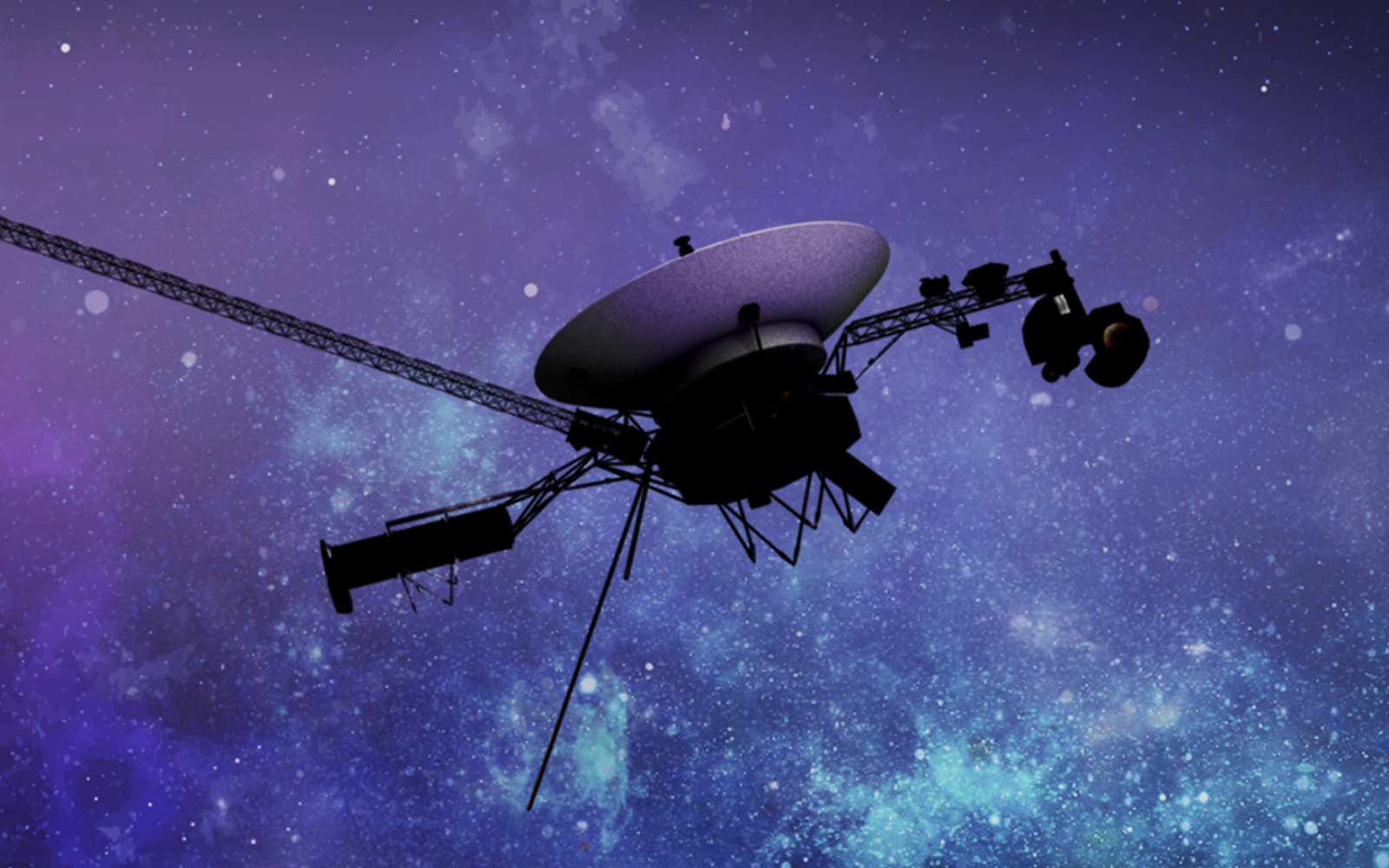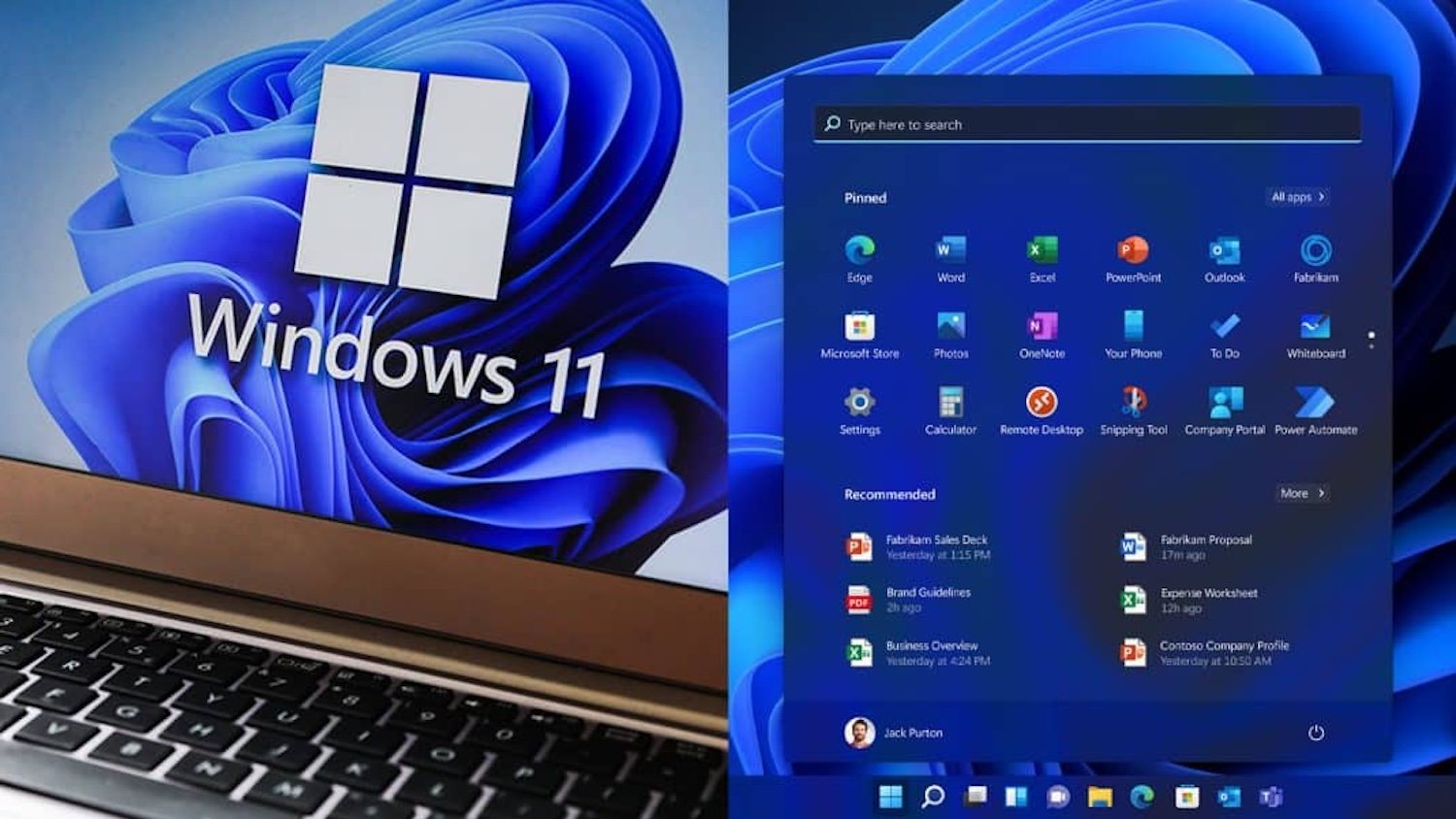
Voyager 1, the most distant and longest-traveling human-made object, ceased meaningful communication on November 14, 2023. Experts had said they were trying everything possible to restore communication, but it was generally assumed that we had lost this 46-year-old space relic.
Thus, it comes as a greater surprise that NASA has now announced the restoration of communication. Currently, this only involves status data from onboard systems, but the transmission of scientific data is expected to follow.
In March, a team from the Jet Propulsion Laboratory confirmed that the problem was related to one of the three onboard computers: the Flight Data Subsystem (FDS). A single chip responsible for storing part of the FDS memory had failed. While it could not be repaired, engineers worked to transfer its tasks elsewhere.

At this point, it’s worth noting the archaic technology we’re dealing with. “Even the button you press to open your car door has more computing power than the Voyager probes. It’s remarkable that it still continues to fly and has been doing so for over 46 years,” stated Suzanne Dodd, the Voyager project manager.
There was no single location that could accommodate the entire code from the malfunctioning chip, so engineers had to split it. In simple terms, it was necessary to reimagine a significant portion of the software architecture of a half-century-old computer—and to do it better than when it was cutting-edge technology and NASA employed the best experts of the time.
Moreover, you must consider that a faulty attempt could permanently end communication with Voyager. Additionally, every instruction sent to the probe takes 22 and a half hours to travel, and you wait another 22 and a half hours for a response, as it is now 24 billion kilometers from Earth—more than 160 times farther than the Sun.
Over the coming weeks, the team will similarly modify and relocate other affected parts of the FDS software. The goal is to regain access to the scientific data.


